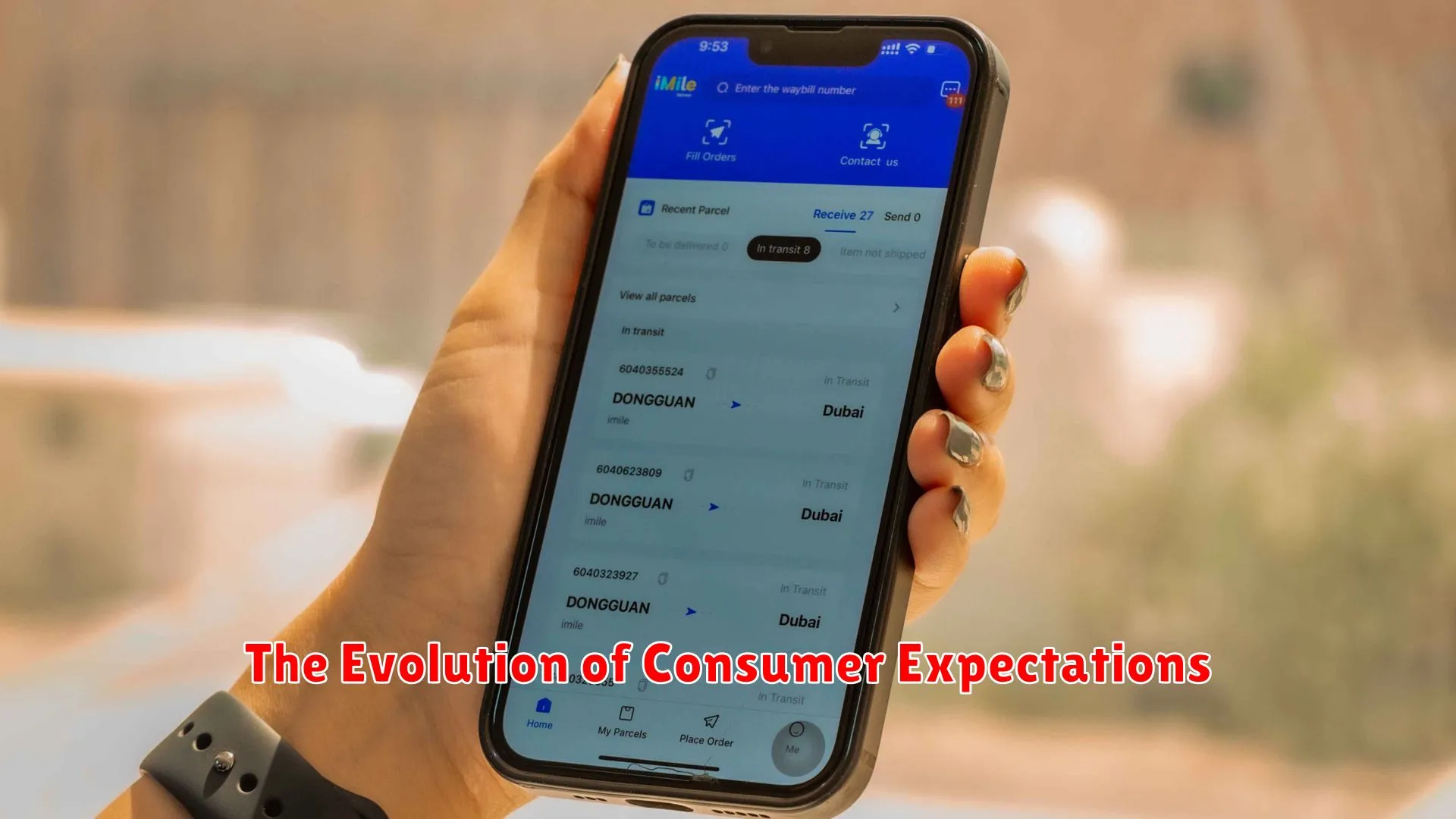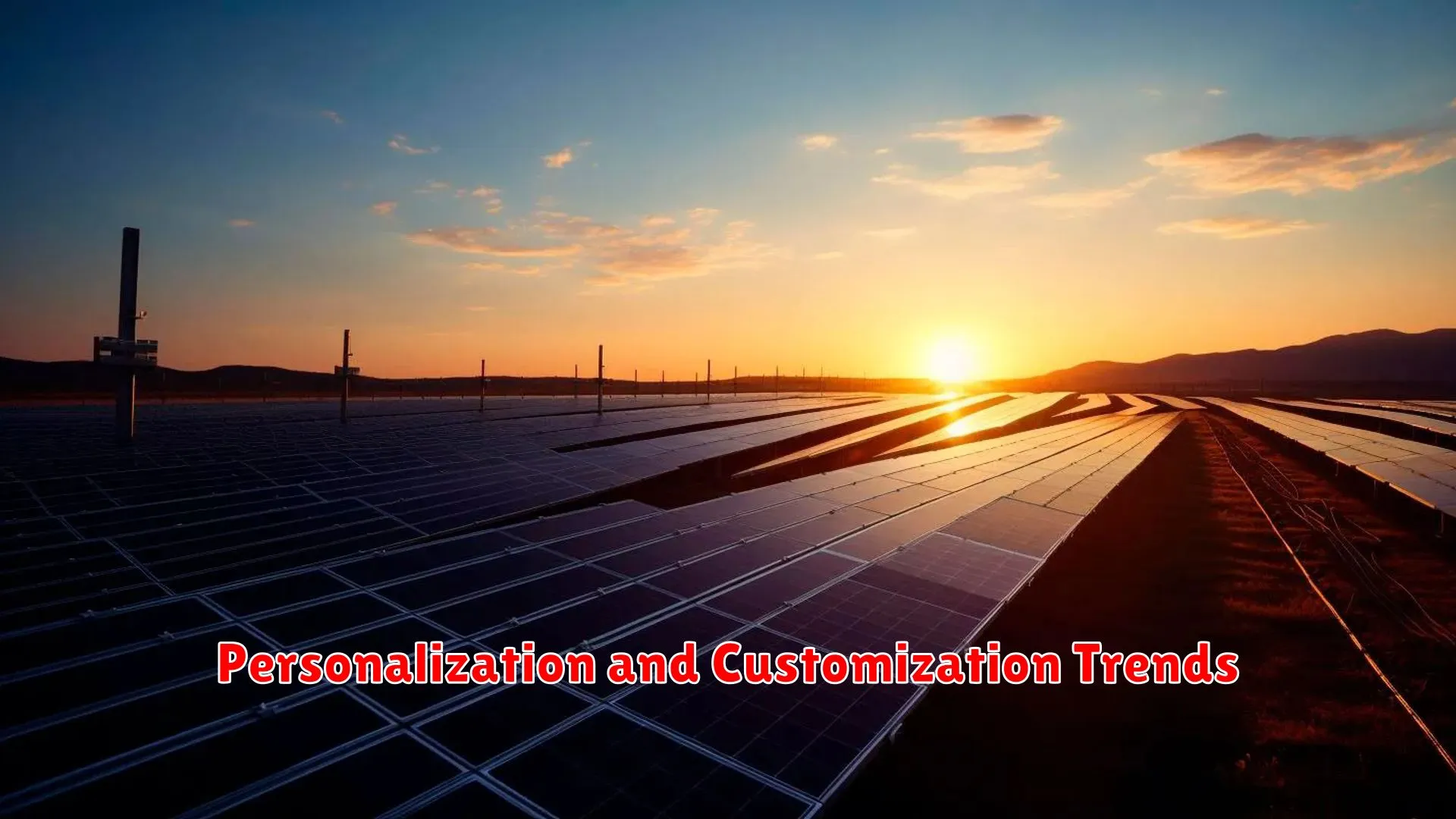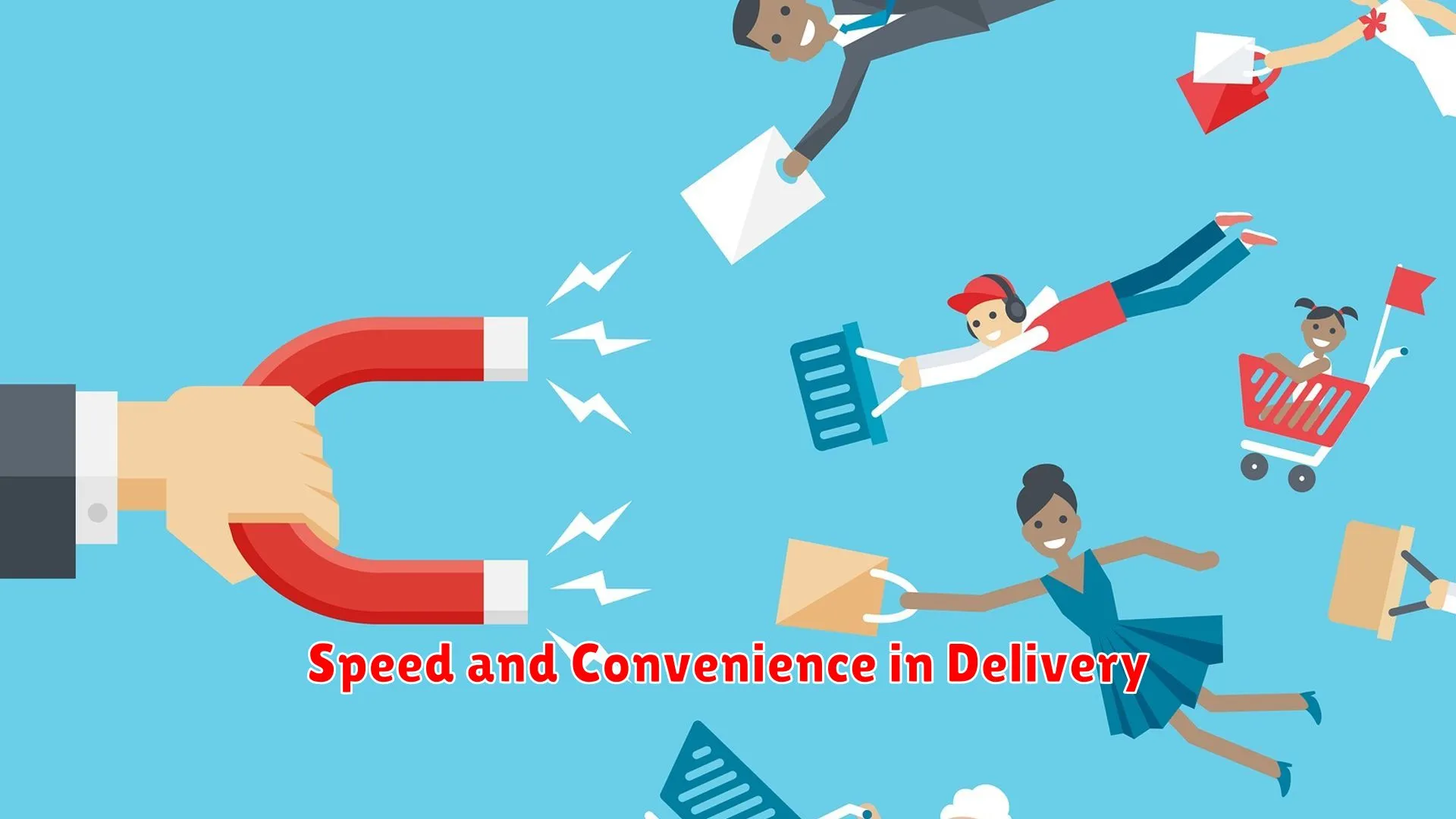In the fast-paced world of e-commerce, businesses must continuously evolve to meet shifting consumer demands. Learn how adapting to changing consumer expectations is crucial for success in today’s competitive online marketplace.
The Evolution of Consumer Expectations

Consumer expectations in the realm of e-commerce have transformed significantly over the years, leading businesses to constantly adapt to meet the evolving needs of their customers. The journey of understanding and meeting these expectations has been a key focus for successful e-commerce platforms.
Initially, consumers were satisfied with simple online shopping experiences, where they could browse products and make purchases. However, with the rise of technology and the expansion of e-commerce capabilities, consumers now expect a more personalized and interactive shopping experience.
One major shift in consumer expectations is the demand for seamless and convenient payment options. E-commerce businesses have had to integrate various secure and user-friendly payment methods to cater to these needs. Whether it’s through credit cards, mobile wallets, or instant payment gateways, consumers expect a hassle-free checkout process.
Moreover, fast and reliable shipping has become a crucial factor in meeting consumer expectations. With the advent of same-day delivery services and real-time tracking, consumers have come to anticipate quick delivery times and accurate order fulfillment.
Another aspect of the evolving consumer expectations is the importance of personalized recommendations and tailored shopping experiences. E-commerce platforms employ algorithms and data analytics to understand consumer preferences and behavior, offering tailored product suggestions and customized offers to enhance the shopping journey.
Personalization and Customization Trends

In the dynamic world of e-commerce, understanding and adapting to changing consumer expectations is essential for businesses to thrive. One of the key trends shaping the online shopping experience is personalization and customization. Today’s consumers expect a tailored approach that caters to their individual preferences and needs.
Personalization involves using data and insights to provide a unique shopping experience for each customer. This can include personalized product recommendations, targeted email campaigns, and customized website content based on past behavior and preferences. By personalizing their offerings, e-commerce companies can enhance customer satisfaction and loyalty.
On the other hand, customization allows customers to create products according to their specific requirements. Many e-commerce platforms now offer tools that enable customers to customize products such as clothing, accessories, or even furniture. This level of customization not only increases customer engagement but also fosters a sense of ownership and uniqueness.
Implementing personalization and customization strategies requires a deep understanding of consumer behavior and preferences. By leveraging technology such as artificial intelligence and data analytics, e-commerce businesses can deliver more relevant and engaging shopping experiences. As competition in the e-commerce sector intensifies, staying ahead of the curve by embracing these trends is crucial for long-term success.
Speed and Convenience in Delivery

In today’s fast-paced world of e-commerce, adapting to changing consumer expectations is crucial for businesses to stay competitive. One of the key factors that consumers value highly is speed and convenience in delivery services.
Customers now expect their online orders to be delivered to their doorsteps quickly and efficiently. They no longer want to wait for weeks to receive their purchases. This shift in consumer behavior has prompted e-commerce companies to rethink and improve their delivery strategies.
Providing fast and convenient delivery options has become a top priority for e-commerce businesses. Many companies have started offering same-day or next-day delivery services to meet the growing demand for immediacy. This not only enhances the overall customer experience but also builds trust and loyalty among consumers.
Moreover, advancements in technology, such as real-time tracking systems and automated delivery processes, have further streamlined the delivery process. Customers can now track their orders in real-time, know the exact status of their delivery, and receive notifications for any updates or delays.
By focusing on speed and convenience in delivery services, e-commerce businesses can gain a competitive edge in today’s market. Meeting and exceeding consumer expectations in this aspect can lead to increased customer satisfaction, repeat purchases, and positive word-of-mouth recommendations.
The Role of Technology in Meeting Expectations

In the realm of e-commerce, technology plays a crucial role in helping businesses adapt to changing consumer expectations. With consumers becoming increasingly tech-savvy and demanding, leveraging technology is essential to meet these evolving needs effectively.
One key way technology aids in meeting expectations is through personalization. Advanced algorithms and AI technologies enable businesses to analyze consumer behavior and preferences, allowing for tailored experiences and product recommendations. This personal touch can lead to higher customer satisfaction and loyalty.
Moreover, real-time data analytics provided by technology empower e-commerce companies to stay informed about customer trends and behaviors. By gaining insights instantly, businesses can make prompt adjustments to their strategies and offerings to meet current consumer expectations effectively.
Another significant aspect is omnichannel integration. Technology allows businesses to provide a seamless shopping experience across various channels, from websites to mobile apps and social media platforms. This integration ensures that consumers can interact with the brand consistently, regardless of the channel they choose.
Furthermore, automation plays a vital role in enhancing efficiency and meeting consumer expectations. Automated processes, such as order fulfillment and customer service interactions, streamline operations and ensure quick responses to customer inquiries, contributing to a positive experience for consumers.
Staying Ahead of Consumer Trends

In the rapidly evolving landscape of e-commerce, keeping up with changing consumer expectations is crucial for the success of any online business. Adapting to consumer trends is not just about following the latest fad, but rather understanding the shifting preferences and behaviors of your target audience.
1. Conduct Market Research: To stay ahead of consumer trends, businesses must invest in comprehensive market research. By analyzing data on consumer behavior, preferences, and purchasing patterns, you can identify emerging trends and anticipate future demands.
2. Embrace Personalization: Consumers today expect personalized shopping experiences. Utilize customer data and analytics to tailor product recommendations, promotions, and communication to individual preferences, enhancing customer satisfaction and loyalty.
3. Prioritize User Experience: Seamless and user-friendly online experiences are key to meeting consumer expectations. Optimize your website for mobile devices, streamline the checkout process, and provide excellent customer support to create a positive shopping journey.
4. Stay Agile: The e-commerce landscape is dynamic, with trends evolving rapidly. Businesses that can quickly adapt to changing consumer preferences and market dynamics are more likely to succeed. Be flexible and responsive to feedback from customers to refine your strategies accordingly.
5. Leverage Technology: Adopt innovative technologies such as AI-driven insights, chatbots for customer service, and AR/VR for immersive shopping experiences to stay competitive in the e-commerce space. Embracing tech advancements can help you anticipate and meet consumer expectations effectively.
Conclusion
In the ever-evolving landscape of e-commerce, adapting to changing consumer expectations is crucial for success. By embracing trends, personalizing experiences, and offering seamless transactions, businesses can thrive in the competitive online market.

